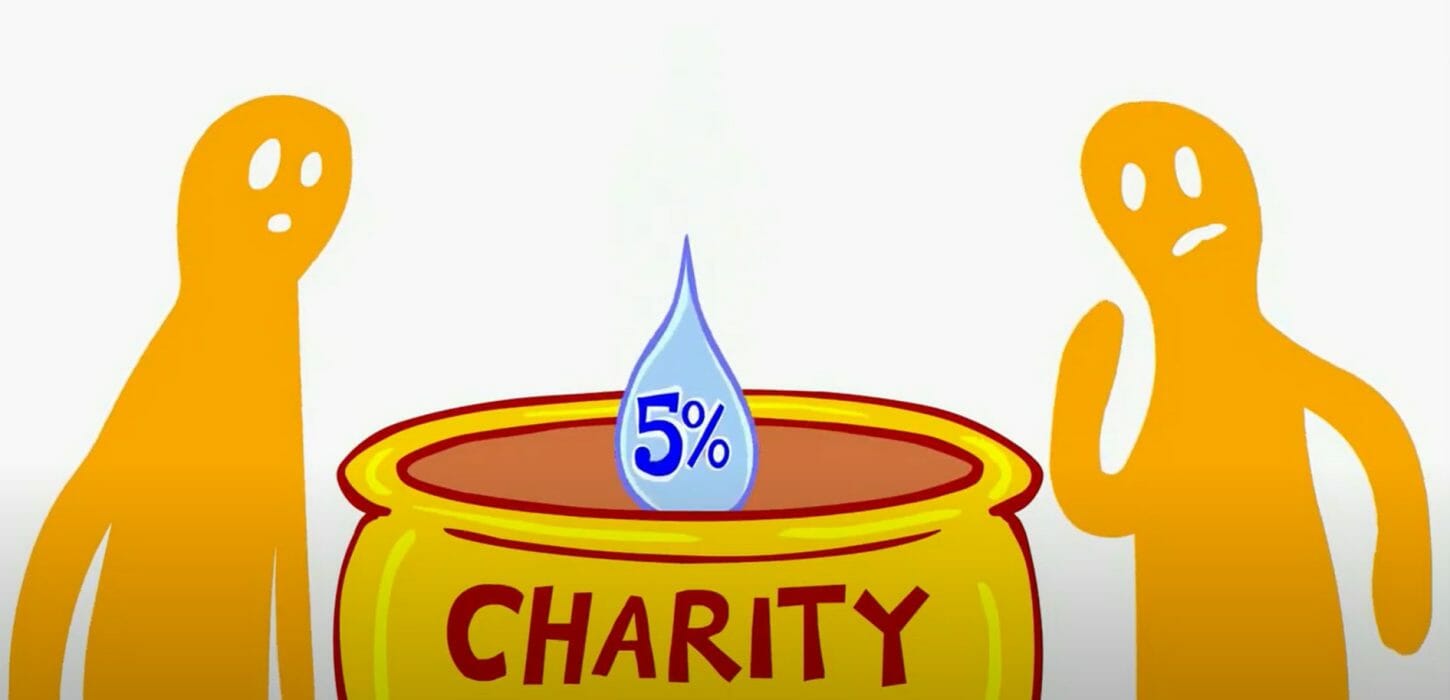For years, there has been considerable debate in philanthropic circles about whether private foundations treat their annual 5 percent payout requirement more as a floor or as a ceiling.
There are good, reliable sources for information on current foundation payout rates, but it can be hard to find longer-term trends. When the IRS finally released years of foundation tax return data last month, we decided to see if we could calculate them ourselves.
We found that over the past seven years, the typical foundation has hovered pretty consistently just above the 5 percent minimum payout requirement. From 2015 to 2021, the median payout rate for private non-operating foundations varied from a high of 5.6 percent in 2016 and 2017 to a low of 5.2 percent in 2021.

The country’s very largest foundations, those with a billion dollars or more in assets, had lower payout rates than the overall foundation population.
From 2015 to 2021, median payout rates for billion-dollar-plus foundations varied from a high of 5.4 percent in 2016 to a low of 4.6 percent in 2021. In most years, these giant foundations generally paid out 5.0 or 5.1 percent.
Our overall results jibe with what industry authority Candid has found in previous analyses: Five percent payout is the name of the game.
How the 5 Percent Requirement Works
The IRS says that foundations technically meet the payout requirement if their qualifying charitable distributions average 5 percent of their assets each year.
Qualifying charitable distributions doesn’t just include grants to charity, though. They also include expenses like administrative overhead, trustee and staff pay, program-related investments, and travel. We counted all of these qualifying charitable distributions as payout to match how the IRS calculates it. If we had counted only actual grants to charities, these payout rates would all be a bit lower.
Even if a foundation is aiming for the 5 percent minimum, they may not exactly hit it each time because they may have to plan grants a year or more in advance — and because if foundations pay out more than 5 percent in one year, they are allowed to carry that excess payout balance forward for five more years.
And it gets even trickier because foundations are allowed to set aside some of their funds for up to 60 months for certain kinds of projects. But, in spite of all this, payout rates should generally round out to at least 5 percent each year.
Why We Need to Raise the Requirement
Foundations can do better than this. Over the past few decades, the assets of private foundations have been piling up quickly. By the end of 2022, U.S. foundations had an estimated $1.1 trillion — money for which donors have already received tax deductions, but which is not making its way out to working charities.
We’ve long called on the government to boost charitable payout requirements to meet the severity of inequality in the United States — and our recent poll shows that doing so would have broad public support. Join us in calling for action.
Our Methodology
In our analysis, we looked at median rates because they aren’t skewed by outliers, so they better represent what the typical foundation is doing. If we had used aggregates or averages instead, very large foundations — like the $50 billion Gates Foundation, with its atypically high 10 percent annual payout rate — would bias the results for all the others.
We looked only at the private foundations that filed electronically in each year, because those were the only ones available for us to analyze. About 65 percent of foundations filed electronically through 2019, and closer to 95 percent filed electronically in 2020 and 2021.
We excluded any foundations that weren’t required to pay out anything at all in any given year, and we also excluded operating foundations, since they have a different payout requirement than other types of foundations.
